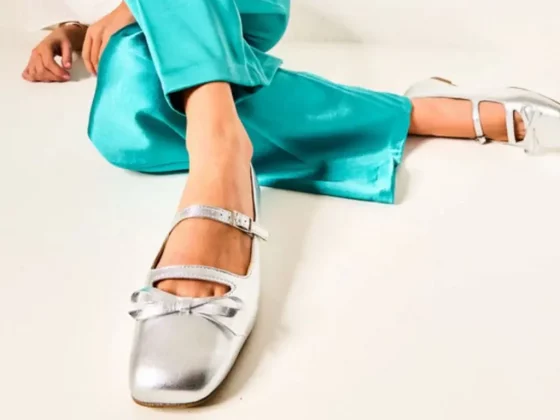So the world has gone mad over some ‘plus sized’ or ‘surprisingly curvy’ mannequins to quote a recent article. The funniest thing about the general response to these mannequins is that they are neither plus sized nor surprising looking. Dressed in lingerie, the mannequins have stomachs and thighs that are fuller than your average size 00 mannequins but hey, this is a standard looking mannequin of about a UK size 12-14 tops, by the looks of things.
It was last Tuesday that a blogger at Women’s Rights News posted a photo of the Swedish department store mannequins to Facebook and the response has been overwhelming. Some saying that the mannequins promote obesity others saying that mannequins of this size should exist in all stores. My questions is this: Shouldn’t mannequins reflect us all? A diverse representation of all of the people that are happily spending their money in stores. Why not a rich mix of ethnicity, size, height, age, disability and hair texture…yes that’s what I said! Seriously, when last did you see a mannequin with a short afro?
Why stop at the mannequins? How about some cool store images of REAL people. After all it is real people who will be opening their wallets and spending their hard earned money. We all want to aspire, but it is not healthy when that aspiration makes us unhappy with who or what we are, and apparently unrealistic imagery and messaging is doing just that. In 2007, British health officials demanded that stores on London’s fashionable High Street stop using stick-thin models in an effort to reflect the wide range of sizes and shapes of British women.
But, why are WE ALL so obsessed with female bodies that are thin? A study from Durham University offers two theories. Researchers asked why women in many Western cultures prefer a thin body. They looked at two psychological phenomena that might explain this: the “visual diet” of Western women and the process of associative learning. The visual-diet theory suggests that preferences can be shaped by the level of visual exposure. In other words, the more images a woman sees of thin women, the more she will internalize the idea that their bodies are the normal ones and larger bodies are abnormal. Associative learning occurs when individuals perceive a connection between a certain body size and positive traits. Thus, the more thinness is linked to health, wealth and prestige, the more women will feel that thin equals good. They say “If thin is constantly equated with success and popularity on TV and in magazines, it is not surprising that there is a strong pressure to shift the ideal body towards a lower weight.”
So, if you can’t see these images, or even if you have attempted to shut yourself away from them, the fact that the rest of society is being influenced everyday means that those messages will get to you somehow – either through off hand comments, conversations, even by the fact that when you try to shop for that ‘plus-sized’ dress, your store may not stock it in your size.
So, it makes sense that what we need are more positive messages in reference to REAL people from the big influencers? If they (stores, the media, magazines etc) refuse to recognise and acknowledge that there are happy, successful, fully functioning real people of different ethnicities, abilities, disabilities – fat, thin, tall, short, young and old, if we are not considered worthy then they should not be taking our money (and we should not be spending it with them).
14-year-old activist Julia Bluhm, has petitioned magazines like Seventeen and Teen Vogue to use a variety of “real girls” and to cease manipulating photos in their editorial spreads. She said “Cultural ideals can end up in this feedback loop, so that if you’re in a culture which favors one particular thing in bodies, that if you have a media that then reflects that back, that results in a stronger preference. If the media then responds by reflecting that back strongly, then you get an even stronger preference … You’ve just got this feedback loop.”
…Time to break the cycle.
What do you think? Do you agree?








